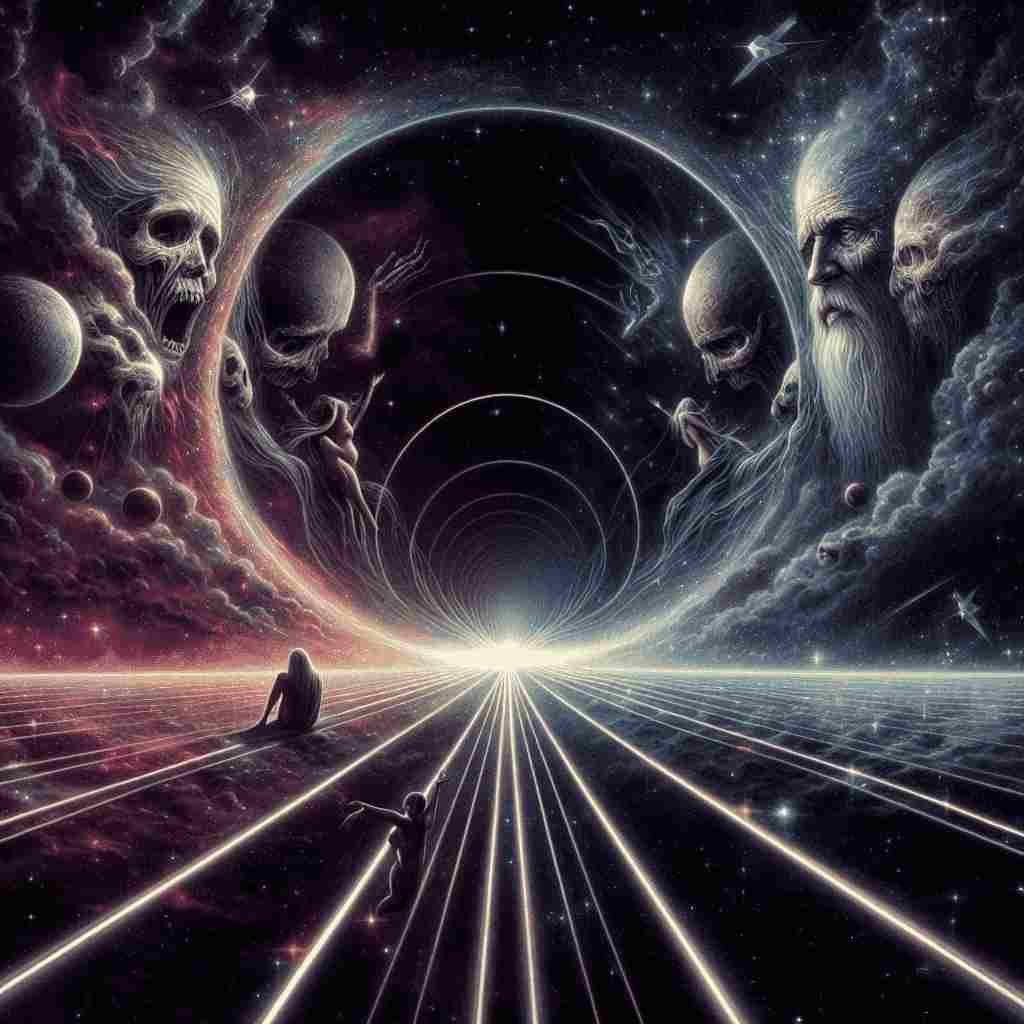The Definition of Love
Andrew Marvell
1621 to 1678

Want to track your favorites? Reopen or create a unique username. No personal details are required!
My love is of a birth as rare
As ’tis for object strange and high;
It was begotten by Despair
Upon Impossibility.
Magnanimous Despair alone
Could show me so divine a thing
Where feeble Hope could ne’er have flown,
But vainly flapp’d its tinsel wing.
And yet I quickly might arrive
Where my extended soul is fixt,
But Fate does iron wedges drive,
And always crowds itself betwixt.
For Fate with jealous eye does see
Two perfect loves, nor lets them close;
Their union would her ruin be,
And her tyrannic pow’r depose.
And therefore her decrees of steel
Us as the distant poles have plac’d,
(Though love’s whole world on us doth wheel)
Not by themselves to be embrac’d;
Unless the giddy heaven fall,
And earth some new convulsion tear;
And, us to join, the world should all
Be cramp’d into a planisphere.
As lines, so loves oblique may well
Themselves in every angle greet;
But ours so truly parallel,
Though infinite, can never meet.
Therefore the love which us doth bind,
But Fate so enviously debars,
Is the conjunction of the mind,
And opposition of the stars.
Andrew Marvell's The Definition of Love
Andrew Marvell's "The Definition of Love" is a complex and intellectually engaging metaphysical poem that explores the paradoxical nature of love through intricate conceits and philosophical musings. Written in the 17th century, the poem exemplifies the metaphysical tradition with its blend of emotion and intellect, passion and reason, and its use of elaborate metaphors drawn from diverse fields such as geometry, astronomy, and theology.
The poem begins with a striking paradox: the speaker's love is described as being born from the union of Despair and Impossibility. This oxymoronic conception sets the tone for the entire work, suggesting that the love in question is both extraordinary and fundamentally unattainable. The use of capitalization for abstract concepts like Despair, Impossibility, and later Fate, personifies these forces, giving them agency in the drama of the speaker's emotional life.
Marvell's speaker goes on to contrast this love with "feeble Hope," emphasizing the power of negativity in shaping his emotional experience. The image of hope "vainly flapp'd its tinsel wing" creates a vivid contrast with the "divine" thing that Despair reveals, suggesting that true insight comes not from optimism but from a clear-eyed acceptance of life's limitations.
The poem's structure, consisting of eight quatrains with an ABAB rhyme scheme, provides a rigid framework that mirrors the constraints the speaker perceives in his situation. This formal regularity contrasts with the turbulent emotions and cosmic scale of the imagery, creating a tension that runs throughout the work.
As the poem progresses, Marvell introduces the concept of Fate as an antagonist, personified as a jealous force that deliberately keeps the lovers apart. The metaphor of "iron wedges" driven between the lovers evokes a sense of violent separation, while the image of Fate "crowds itself betwixt" suggests a more insidious, omnipresent obstacle.
The poet's use of cosmic and geological imagery to describe the impossibility of union is particularly striking. The notion that "the giddy heaven fall, / And earth some new convulsion tear" would be necessary for the lovers to meet emphasizes the perceived insurmountability of their separation. The reference to a "planisphere" - a flat representation of the celestial sphere - further underscores the idea that their union would require a fundamental reshaping of reality.
Marvell's employment of geometrical conceits in the penultimate stanza is a quintessential feature of metaphysical poetry. By comparing their love to parallel lines that "Though infinite, can never meet," the speaker creates a paradox of closeness and eternal separation. This mathematical metaphor serves to intellectualize the emotional experience, transforming personal anguish into a universal principle.
The final stanza synthesizes the poem's central themes, juxtaposing the "conjunction of the mind" with the "opposition of the stars." This contrast between mental or spiritual union and physical separation encapsulates the metaphysical preoccupation with the relationship between the corporeal and the spiritual. It also suggests a kind of Platonic ideal of love, one that transcends physical constraints but is, paradoxically, defined by those very limitations.
Throughout the poem, Marvell's diction is elevated and abstract, befitting the cosmic scale of his metaphors. The language is dense with meaning, requiring careful unpacking to fully appreciate the layers of significance. This intellectual complexity is characteristic of metaphysical poetry, which often sought to challenge readers with intricate conceits and philosophical depth.
In conclusion, "The Definition of Love" stands as a prime example of metaphysical poetry, showcasing Marvell's ability to fuse emotional intensity with intellectual rigor. Through its exploration of paradox, its use of extended metaphors drawn from diverse fields of knowledge, and its grappling with fundamental questions of existence and emotion, the poem offers a rich and multifaceted meditation on the nature of love. It challenges readers to consider love not merely as a personal emotion but as a cosmic force, bound up with the very fabric of reality and the limits of human experience.
This text was generated by AI and is for reference only. Learn more
Want to join the discussion? Reopen or create a unique username to comment. No personal details required!


Comments
No comments yet. Be the first to comment!